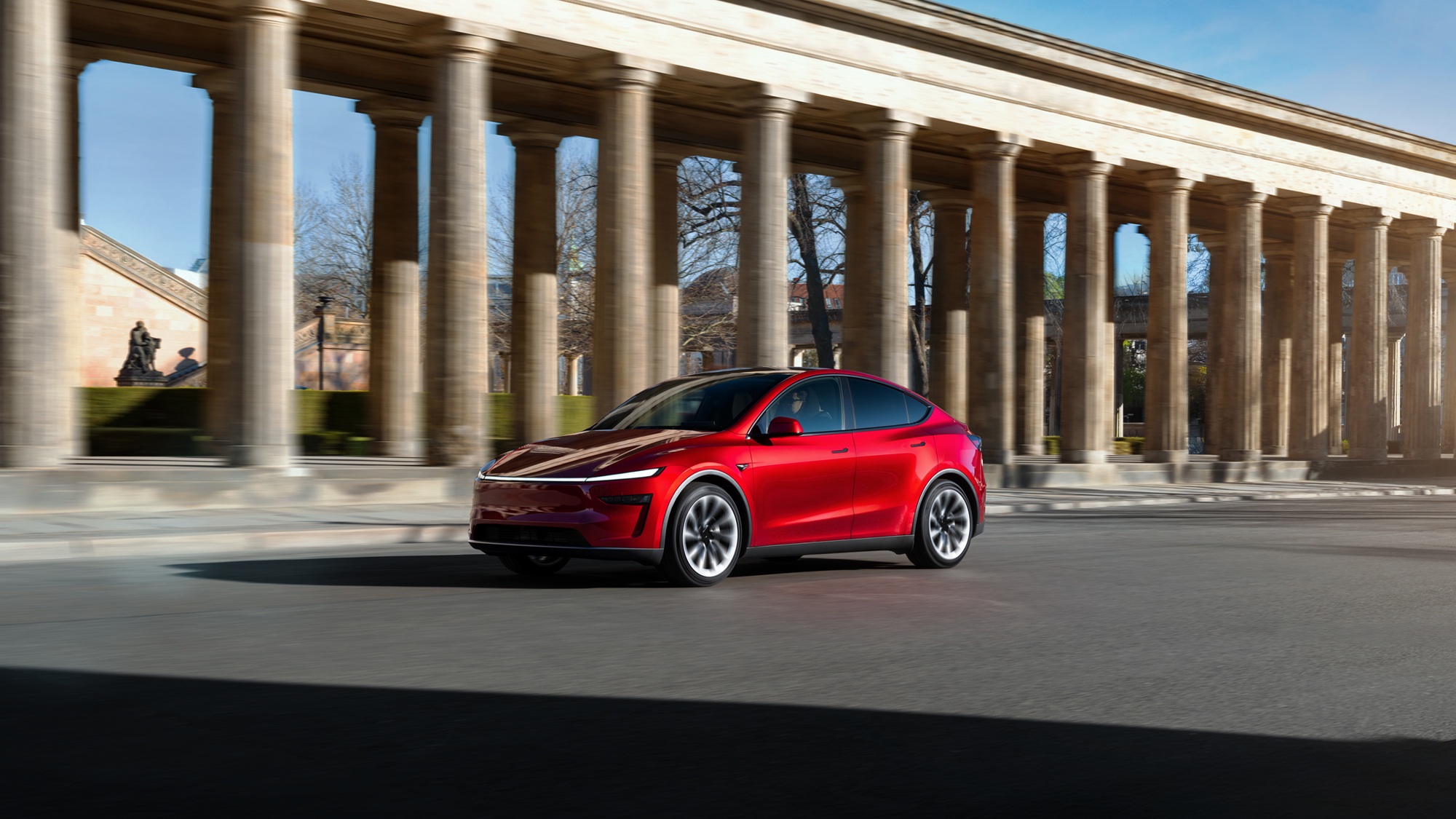AsianFin -- Tesla Inc. during the past quarter suffered the sharpest revenue decline in at least a decade as sales of its top business electric vehicle (EV) kept falling, according to financial results released on Wednesday. Shares of the U.S. EV giant shed as much as 5.3% in afterhours trading.

Credit:Tesla
Both of Tesla’s top and bottom line for the quarter ended in June missed Wall Street expectation. Revenue fell 12% year-over-year (YoY) to $22.5 billion, compared with analysts’ expected $22.64 billion. That represented the sharpest quarterly fall in revenue in more than a decade. Tesla three months ago just recorded its first quarterly decrease in revenue in five years, with revenue for the first quarter dropping 9% YoY.
Tesla reported diluted earnings per share (EPS) for the second quarter on non-GAAP basis of $0.40 with a 23% YoY decrease. The earnings slowed down from a YoY fall of 40% for the March quarter, though still less than analysts’ projection of $0.42. Adjusted net income fell 23% YoY to $1.39 billion after plunging 39% for the previous quarter.
Gross margin for the second quarter dipped 71 basic points YoY to 17.2%, beating estimated 16.5%. Free cash flow stood at $146 million, down 89% YoY, and fell short of estimated $760 million. Capital expenditure (Capex) rose 5% YoY to $2.39 billion, versus analyst’ estimates of $2.43 billion.
Tesla’s sales miss highlighted ongoing weakness of its automobile business, which was clouded by weak demand and growing headwinds from intense competition, cost increase due to the global tariff war to international backlash against CEO Elon Musk.
Tesla said in its report that revenue was in part weighed by decline in vehicle deliveries reduced vehicle average selling price (ASP). Automotive revenue for the second quartered slid 16% YoY to $16.66 billion, accounting for 74% of total revenue. The EV business recorded double-digit revenue decline for two quarters in a row. Tesla earlier this month announced it delivered more than 384,000 units for the June quarter with an around 13.5% YoY fall, hitting the quarterly decline record for the company. Deliveries of Model 3 and Y cars dropped 12% from a year ago, compared to a 52% plunge for other models.
However, Tesla reaffirmed its plan to produce more affordable vehicles by the mid-2025. Plans for new vehicles that will launch in 2025 remain on track, including initial production of a more affordable models in the first half of 2025, the company said in its shareholder deck.
Tesla said it continues to expand its vehicle offering, "including first builds of a more affordable model in June, with volume production planned for the second half of 2025." Additionally, the company continued development of Semi and its purpose-build Robotaxi product-- Cybercab, both slated for volume production in 2026.
Tesla in its earnings report for the first quarter said it would “revisit our 2025 guidance” in its second quarter update. However, it didn’t provide any guidance around volume in the shareholder deck. It reiterated the macro headwind such as the trade and fiscal policies.
“It is difficult to measure the impacts of shifting global trade and fiscal policies on the automotive and energy supply chains, our cost structure and demand for durable goods and related services,” Tesla wrote. It also said the actual results including volume will “depend on a variety of factors, including the broader macroeconomic environment, the rate of acceleration of our autonomy efforts and production ramp at our factories.”
Tesla vowed to continue to make”high-value investments” in Capex and research and development (R&D) despite “a sustained uncertain macroeconomic environment resulting from shifting tariffs, unclear impacts from changes to fiscal policy and political sentiment.”
Musk on an earnings call warned more challenges Tesla are facing. “We’re in this weird transition period where we’ll lose a lot of incentives in the U.S.,” he said, alluding to an expiring tax credit designed to boost EV sales. “But we’re still at the relatively early stages of autonomy.”
“Does that mean, like, we could have a few rough quarters? Yeah, we probably could have a few rough quarters. I’m not saying we will, but we could,” Musk told analysts. But the chief exeutive said he still expects autonomous vehicles to improve Tesla’s finances by the end of next year.
Musk highlighted the launch of Tesla’s first Robotaxi pilot service in Austin last month. Tesla in its shareholder deck also hailed the service as the beginning of its transition from leading the EV and renewable energy industries to also becoming a leader in artificial intelligence (AI), robotics and related services.
Tesla acknowledged the Robotaixi service is currently limited in initial scope, but believed “our approach to autonomy – a camera-only architecture with neural networks trained on data from our global fleet of millions of vehicles – allows us to continually improve safety, rapidly scale the network and improve profitability.”







